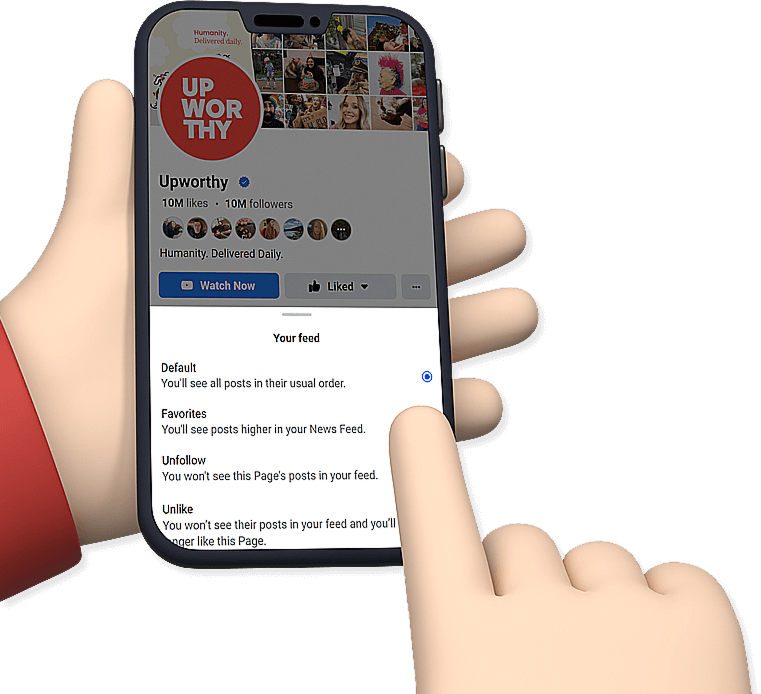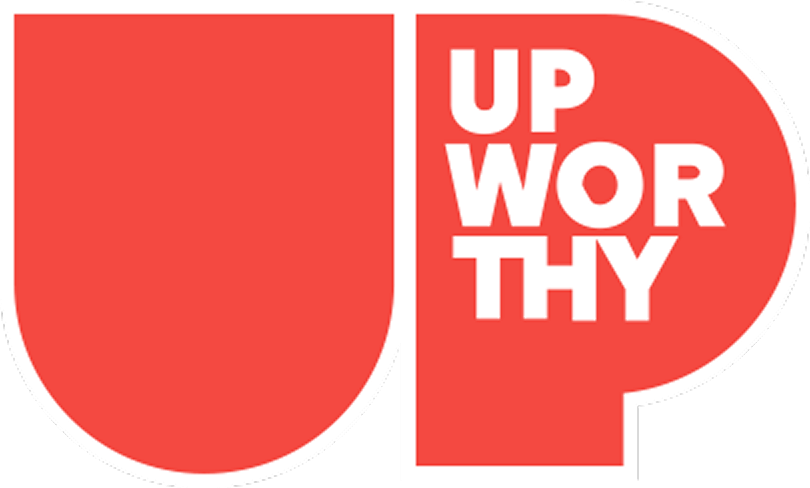A groundbreaking discovery in Brazil has revealed an unexpected connection between prehistoric worlds—ancient rock art created over 9,000 years ago has been found right beside preserved dinosaur tracks. The remarkable find, uncovered at Serrote do Letreiro in the Sousa Basin and detailed in Scientific Reports, suggests early humans may have noticed and responded to these mysterious imprints left millions of years before their time.
Our paper on the Serrote do Letreiro Site in Brazil

Ancient humans appear to have created mysterious rock carvings—or petroglyphs—right next to dinosaur footprints in Brazil, according to new research by Leonardo P. Troiano, Heloísa B. dos Santos, Tito Aureliano, and Aline M. Ghilardi. Their findings at the Serrote site provide a rare glimpse into how early people may have interpreted traces of Earth's distant past.

While scientists first spotted the petroglyphs in 1975, it wasn't until recently that drone surveys revealed something extraordinary—the ancient artwork sits alongside massive dinosaur tracks. These footprints, researchers determined, were left by dinosaurs during the Cretaceous Period, which came to an end about 66 million years ago.

The placement seems intentional, according to the research team. Some of the petroglyphs were carved just 2 to 4 inches from the dinosaur prints, with patterns that appear to mirror the prehistoric tracks themselves.
The discovery points to a fascinating kind of ancient curiosity, where early humans seem to have been drawn to and engaged with these mysterious imprints from the past. "The individuals who crafted the petroglyphs were acutely aware of the footprints, likely selecting the location precisely because of them," Leonardo Troiano, the study's lead author and an archaeologist from Brazil's National Institute of Historic and Artistic Heritage, told Live Science. "It would have been impossible to overlook their presence."
The site itself adds another layer to the story. Serrote do Letreiro—which means "Signpost Hill" in Portuguese—sits near the Valley of the Dinosaurs, a protected area famous for its wealth of preserved dinosaur tracks. According to Troiano, the ancient artists showed a clear interest in the footprints, suggesting they held some special significance for these early communities.

The research took on an educational dimension in 2023, when Troiano and his team worked alongside middle-school students to survey the site. While helping to photograph the specimens, the students gained firsthand experience with both paleontology and archaeology. The researchers identified tracks from various dinosaurs, including meat-eating theropods, long-necked sauropods, and two-legged ornithopods, such as iguanodontian dinosaurs.
The ancient artwork primarily features circles filled with lines and geometric patterns. According to the researchers, these petroglyphs were created between 9,400 and 2,620 years ago by the region's early inhabitants. "They were small seminomadic groups of hunters and gatherers who lived in society and used objects made from stones," Troiano said. The team found that these ancient artists used two main techniques to create their work: perforation and scraping.
"Perforation involves using a kind of stone hammer to create depressions on the surface, resembling stippling, while scraping entails rubbing a stone against the surface until it forms the desired engraving," Troiano explained. The petroglyphs offer crucial evidence about the historical population and shed light on the rituals and practices of that time. “I think rock art creation was embedded in some sort of ritual context: people gathering and creating something, perhaps utilizing some psychotropics,” said Troiano, adding that these people were interested in “what the footprints represent.”
The findings align with broader patterns of ancient human behavior, according to Jan Simek, a distinguished professor of anthropology at the University of Tennessee. "The paper provides an interesting new example of how ancient people observed and incorporated fossils on the landscape into their religious experiences and interpretations," he told CNN.
This discovery, Simek noted, illustrates how humans have long tried to make sense of mysterious phenomena, calling it another archaeological example of the "human tendency to tie the spiritual world created in the imagination to unexplained things in the world around us."












 This represents the key to the perfect flow statePhoto by
This represents the key to the perfect flow statePhoto by 






 Representative Image Source: Unsplash | Pawel Czerwinski
Representative Image Source: Unsplash | Pawel Czerwinski 
 Representative Image Source: Pexels | Pixabay
Representative Image Source: Pexels | Pixabay 







